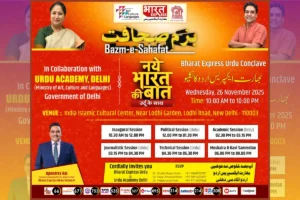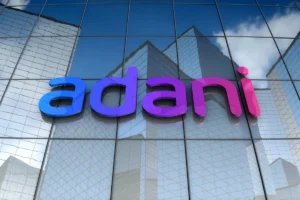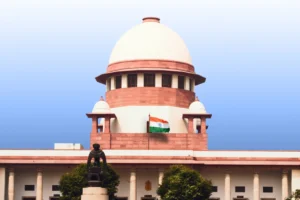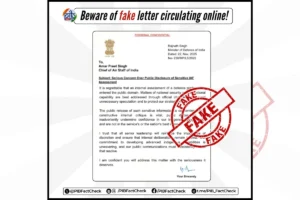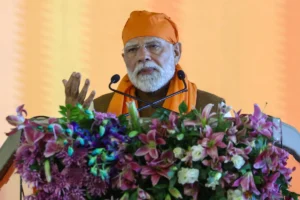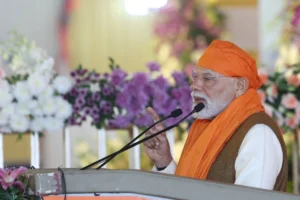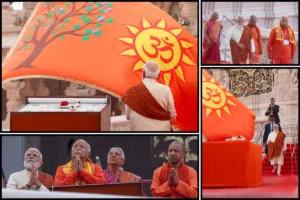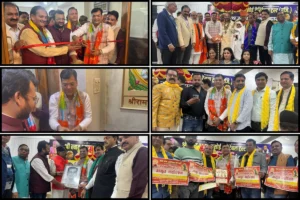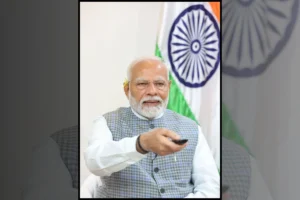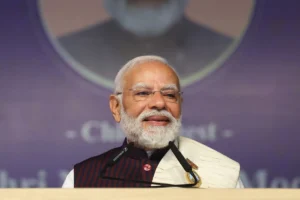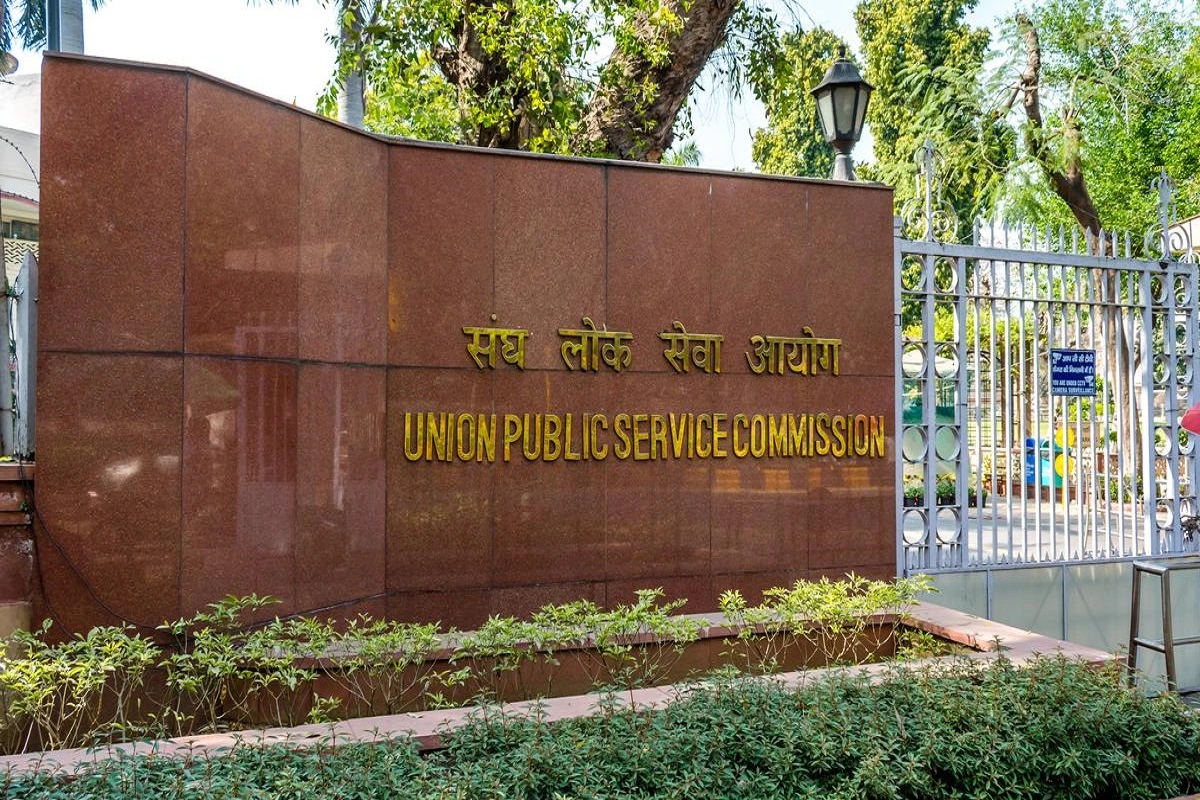
Why In News
The Central Government, on 20 August, directed UPSC Chairman Preeti Sudan to cancel the recent lateral entry advertisement. The order, guided by Prime Minister Narendra Modi, follows increasing political controversy around the lateral entry process.
In a letter to the UPSC Chairman, Minister of State for Personnel Jitendra Singh conveyed the Prime Minister’s view. He emphasized that the process must align with constitutional principles of equity and social justice, particularly regarding reservations.
Singh noted that, for PM Modi, reservation in public jobs is “a cornerstone of our social justice framework to address historical injustices and promote inclusivity.”
The Move came following opposition has strongly criticized the government’s push for lateral entry. They argue that these appointments lack mandatory reservations for Scheduled Castes (SC), Scheduled Tribes (ST), and Other Backward Classes (OBC). Critics fear that this could exclude marginalized communities from key government positions, which usually have reservations under the 13-point roster policy.
What is Lateral Entry?
Lateral entry involves appointing professionals from outside the government to mid-level and senior positions. This process aims to bring specialized expertise and fresh perspectives to government administration.
Key Features
– Lateral entrants are appointed on contracts for three years, extendable up to five years.
– These professionals come from diverse backgrounds like the private sector, state governments, autonomous bodies, and public sector undertakings.
Origins and Background
The concept of lateral entry first gained traction between 2004-2009. The Second Administrative Reforms Commission (ARC), formed in 2005, strongly supported it. In 2017, NITI Aayog further pushed the idea in its 3-year Action Agenda.
The Sectoral Group of Secretaries (SGoS) on Governance also recommended lateral entry to bring in experts at the middle and senior levels of the central government.
Eligibility Criteria
Professionals with domain expertise and a strong track record are eligible. The selection process focuses on professional achievements and subject matter knowledge.
Also Read: Explained: PM Modi’s Landmark Visit to Ukraine
To read more such news, download Bharat Express news apps








